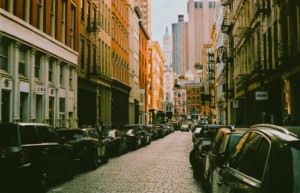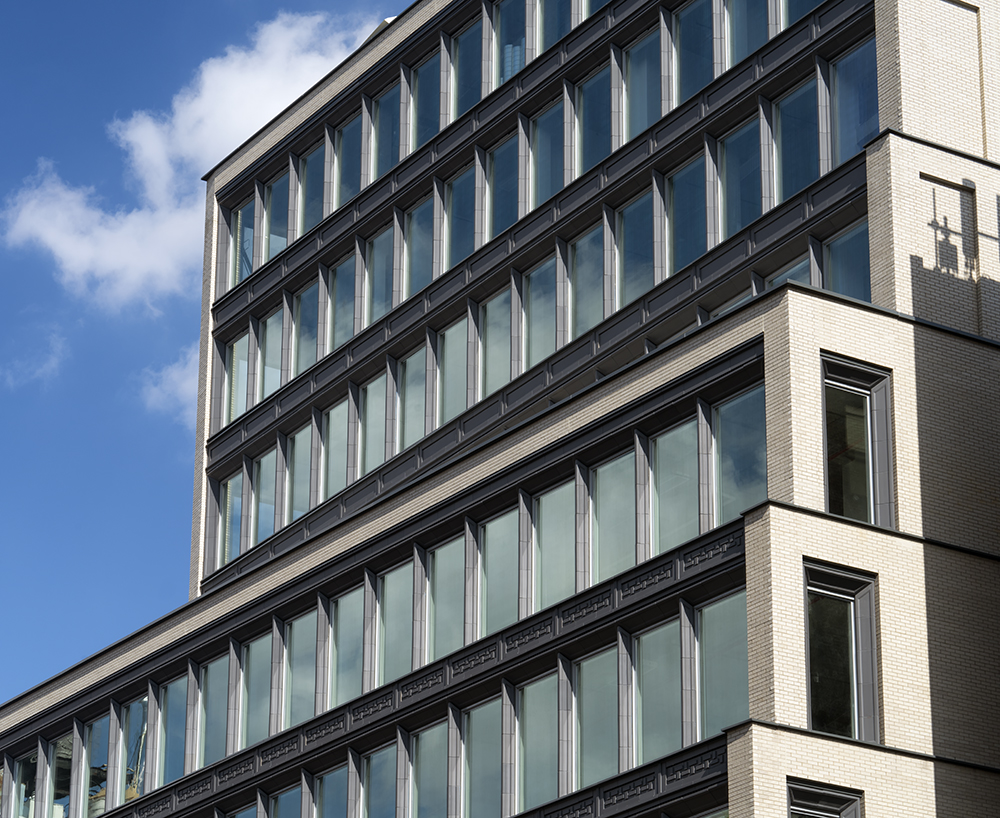Morris Adjmi seems to be on something of an inversion kick as of late. His design proposal for a building on Walker Street, which was approved by the Landmarks Preservation Commission (LPC) in June, used an inverted bas relief effect that made the concrete facade seem as though a cast iron building was pressed into a large piece of clay. The new proposal for the southwest corner of Lafayette and Great Jones Street uses a similar technique, but in aluminum sections. But at a public hearing on Tuesday LPC put the breaks on the Lafayette proposal, saying the architect needed more depth and detail. “In general, they asked for the addition of more variety, depth and articulation of the facade, particularly the long facade,” Landmarks spokesperson Elisabeth de Bourbon wrote in an email.
Walker Street’s concrete facade riffed on classic cast iron components ordered from 19th century catalogues. The architect employed the same effect here, with the inverted half columns working their way up the face of building, but this time in aluminum cladding. “It’s a theme you see in both projects,” said Adjmi. “Walker is more of a cast impression, whereas this is fabricated in components.”
The new building will replace a one story garage built in 1933. As it sits in the NoHo historic district it could have taken cues from a variety of styles, not just catalogue cast iron. Adjmi said he also drew inspiration from a another source: the loggia of Colonnade Row. Still, most of the composition remains a takeoff on classic cast iron and the Colonnade Row quotations are saved for the top floor. There a series of columns span the width, as below, but the street wall sets back from the columns creating a loggia crown.
Adjmi said that for further inspiration he also looked at the Donald Judd Foundation, which is currently undergoing restoration at 101 Spring Street. The Judd building also occupies a 20 foot by 100 foot plot. “This was similar and I looked at that as a way of how to organize a façade,” said Adjmi. “Though its abstract and modern. Here we rarify it down to the essential elements.”
But the approach might have been too rarified for the commissioners. “I think they like the articulation of the base the middle and the top,” said Adjmi, adding the stripped down version might have been too “relentless” for LPC. “It’s difficult because in one regard we want to realte to the historic fabric that makes up the district, but for me the idea was to strip that back, like a modern composer who takes cuse from classical works but presents them in a minimal way.”









